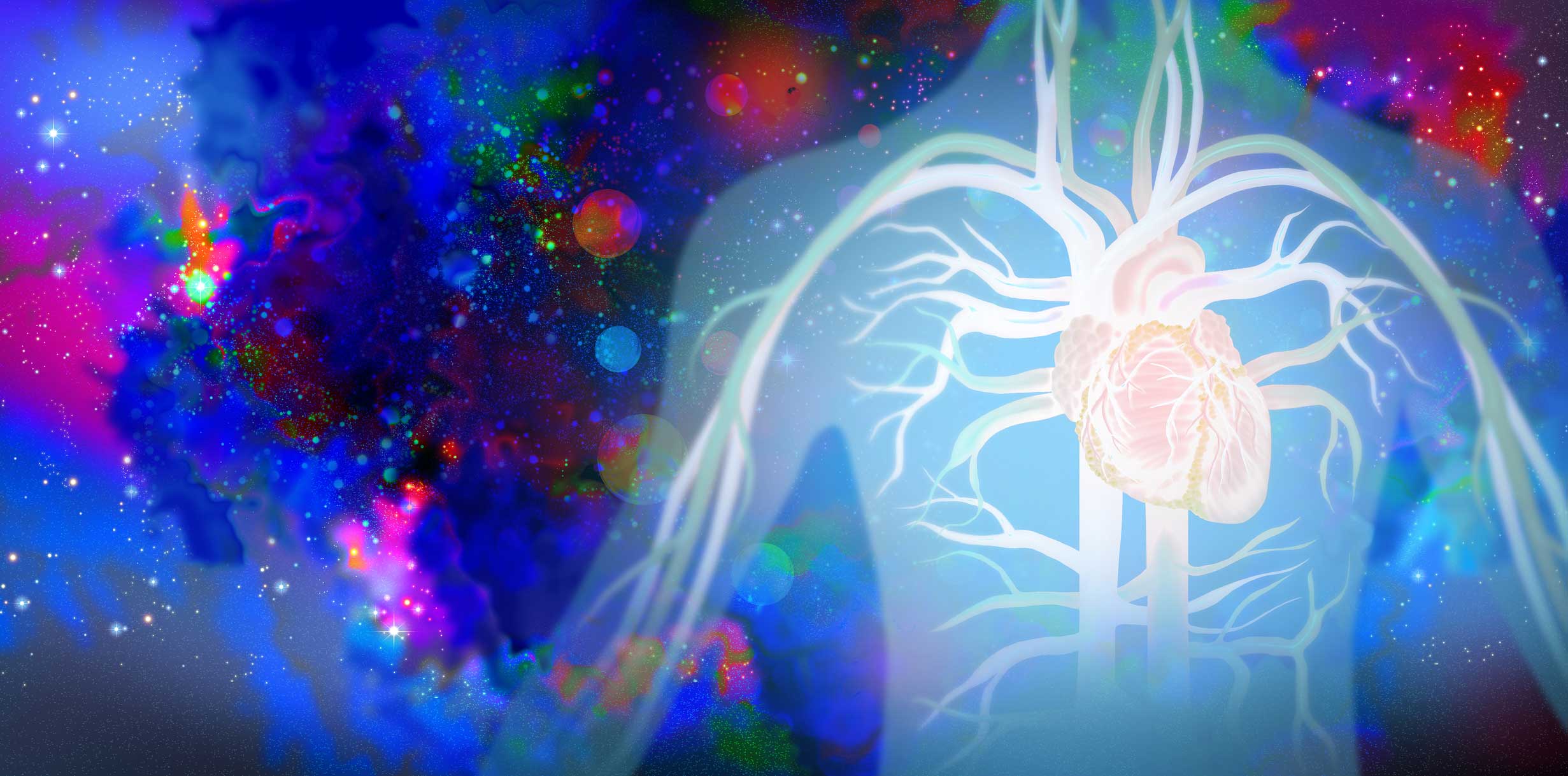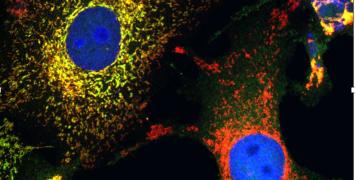
Cardiac arrhythmias occur when the electrical signals that coordinate the heart's beats don't work properly. The faulty signaling causes the heart to beat too quickly (tachycardia), too slowly (bradycardia) or irregularly. Some types of arrhythmias cause only mild symptoms, but others can be more severe or even fatal. Current treatment options include lifestyle changes, medication, implanted electrical devices and ablation (a procedure that scars tissue in your heart to block irregular electrical signals).
Daniël Pijnappels, Professor of Cellular Electrophysiology at Leiden University Medical Center, is working on a novel approach to the treatment of arrhythmias. His objective is to build on the heart’s natural properties in order to allow it to detect and neutralize disturbances itself. A completely new type of ‘biologically integrated cardiac defibrillator’ would take the place of implanted devices, wires or electric shocks for defibrillation.
New biology as a type of therapy
The Laboratory of Experimental Cardiology headed by Pijnappels brings together an international group of biologists, physicians, engineers and physicists. His interdisciplinary team is pioneering the combined use of a variety of research methods including computer modeling, vitro/vivo modeling, genetic engineering and microelectronic engineering. Initial results are encouraging, with lab tests confirming both the detection of arrhythmias and the restoration of cardiac rhythm in living cells.
“We are aiming for new biology as a type of therapy”, Pijnappels explains. “How can we redesign and re-engineer the heart in a way that it's better able to deal with modern circumstances, so less prone to cardiac damage, less prone to rhythm disturbances? And if they occur, how can we help the heart itself to detect and neutralize those processes? This means that the heart is able to maintain its own rhythm, even in those cases where it would otherwise get disturbed.”
The biologically integrated cardiac defibrillator relies on the re-engineering of a protein called an ‘ion channel’ in the outer layer of a heart muscle cell that allows the flow of ions. This ion channel is customized to differentiate between normal rhythm and arrhythmia based on the detection of high-frequency signals, and to generate an ionic current for the termination of the detected arrhythmia. The ultimate aim is to use viral vectors to make these changes in human hearts as a form of gene therapy, although some ten years of further research will probably be necessary before reaching that stage if the outcome of preceding research remains positive.
An unusual outcome
Pijnappels’ research has already achieved one unexpected impact. One day a colleague whose child is in the last year of secondary school sent him a picture of their biology exam. There was a question about ion channels and arrhythmias. His name was mentioned as a Dutch researcher working in this field who was trying to figure out how the heart itself can be enabled to detect and terminate arrhythmias. The question was about the use of ion channels and how these could potentially be used to achieve such a result. It turned out that this question was part of the Dutch national biology exam sat by thousands of 17–18-year-olds.
“I was thrilled that my research was featured in the Dutch national biology exam”, Pijnappels says. “As a researcher, you envision all sorts of traditional scientific outcomes like publication in a journal or presenting at a conference. My research has also been reported on quite widely in mainstream media. But I never dreamed about this kind of result. I actually asked my lab members to do the exam, and luckily they all passed!”
Thinking like an inventor
Pijnappels says that his ERC Starting Grant (Bio-ICD) helped him to develop his team, discover how to collaborate effectively with researchers from different fields and confirm his initial vision. Building on the progress so far, he is now embarking on a second phase of his research with the support of an ERC Consolidator Grant (TransRhythm).
Pijnappels: “When I had the original idea about the heart acting as its own defibrillator, I immediately thought that this could be something for the ERC. I knew that the ERC was looking for high risk, high gain research rather than the obvious next thing. One piece of advice I would have is to write your proposal not just as a researcher or scientist, but more as an inventor. By trying to create something that is not yet out there you can come up with a truly novel concept.”
Listen to our podcast interview with Daniël Pijnappels for further information about his research, as well as his tips for anyone who might be considering applying for an ERC grant.
BIO
Daniël A. Pijnappels is Professor of Cellular Electrophysiology and Head of the Laboratory of Experimental Cardiology at Leiden University Medical Center. His research focuses on interdisciplinary translational cardiology. He received his PhD with honors from Leiden University in 2009 and established the Laboratory of Experimental Cardiology in 2011 to develop an integrative research approach covering various aspects of biology, physics, engineering and medicine. This approach was inspired by the interdisciplinary nature of the heart itself. He was appointed full professor in 2022. He won an ERC Starting Grant for the project Bio-ICD and an ERC Consolidator Grant for the project TransRhythm.





